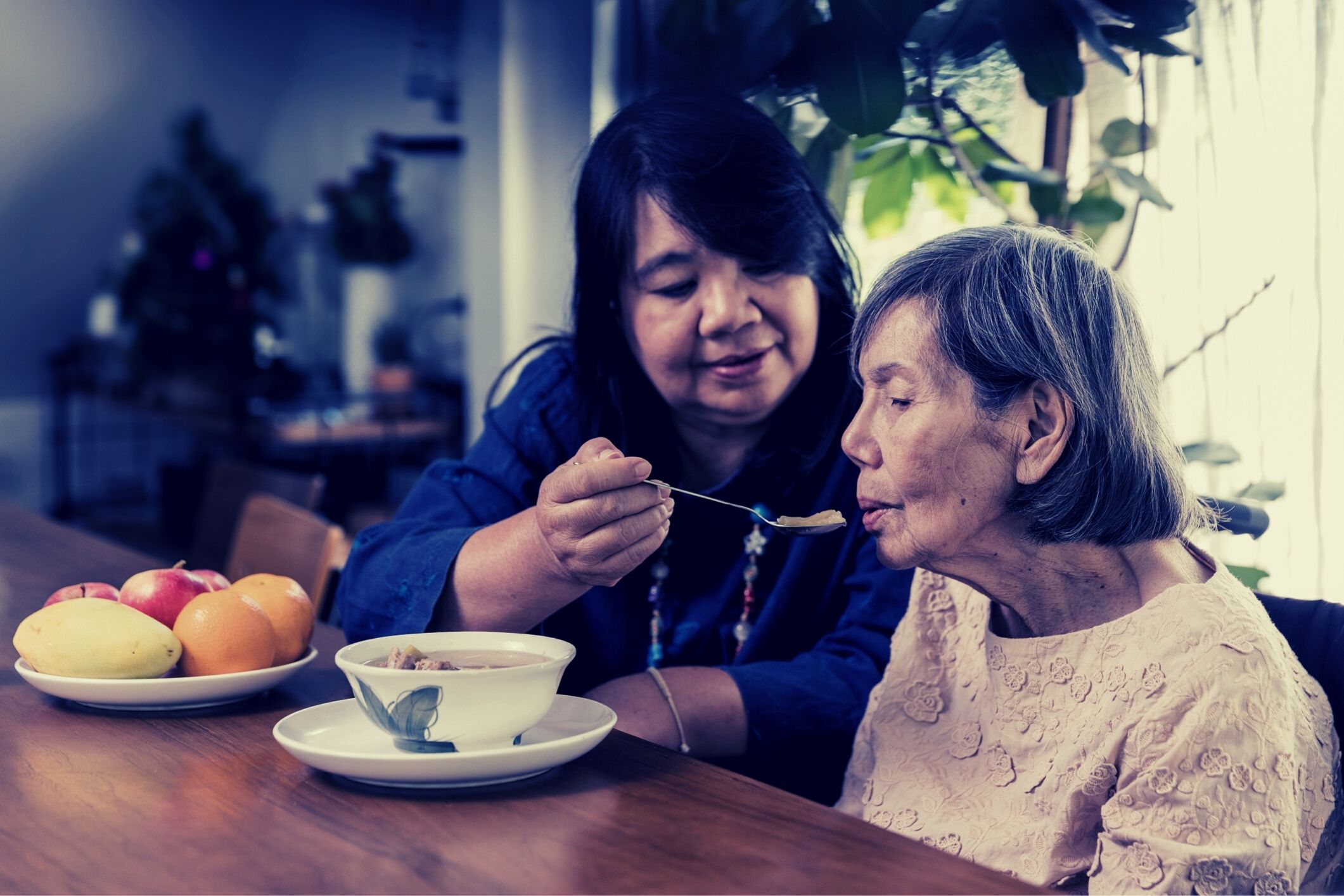
The study will also look at the different employment models used in aged care.
The inquiry is part of the government’s response to the recommendations made in the Royal Commission into Aged Care Quality and Safety’s final report.
“Informal carers are a critical element of the care system for older people,” said Treasurer Josh Frydenberg, Aged Care Minister Greg Hunt and Aged Care Services Minister Richard Colbeck in a joint statement.
“Partners, children and other relatives not only provide care but help seniors maintain their social and community connections.
“While Carer Payment and Carer Allowance are available to people who spend a considerable amount of time providing informal care, carers may be forced to choose between their caring role and their jobs or careers.
The investigation of carers’ leave is in response to recommendation 43 of the royal commission’s final report.
The examination of employment models is in response to recommendation 87, which proposed aged care services have policies and procedures in place to directly employ workers where possible, rather than using contractors.
“The study will underline the impact of different employment models on the quality of care delivered to older Australians,” the ministers’ statement said.
The Productivity Commission will provide its report on leave for informal carers by early 2023 and the report on employment models by September 2022.
The government has accepted, or accepted in principle, 126 of the royal commission’s 148 recommendations.
The two inquiries go hand in hand.
Yet these workers – who receive no sick leave or holiday pay – are unlikely to be in line for carers’ leave.
If aged care employers employ more permanent employees and rely less on casuals or contractors, more staff will be able to maintain their jobs in aged care while also providing care at home for ageing friends and family if carers’ leave is introduced.
I am caring for my very high-needs 86Y mother in my home. I also work full-time and am expected to go into an office full-time, without the flexibility of working from home. My 25Y son travels 45mins twice a day, sometimes up to six days a week, to care for his grandmother (his nanny) during the day and I do the night and weekend shifts. My mother’s mental health is very sound, just her body is breaking down. She has pleaded with me not to go into a nursing home. My son has still not received the carers pension (long time waiting) and has deferred his university studies while helping us through this situation. I have had to take ‘unpaid leave’ during the hight of the pandemic, as I cannot work from home. Typical carers can take two weeks of unpaid leave but what happens when it’s three weeks? Or even four in an emergency. Unpaid leave then leaves you in an extremely difficult financial position. I think the Government, if they expect home carers and working carers to take on the burden in a difficult time of lack of aged-care workers should surely give some kind of compensation to support us. Trying to pay the mortgage this month is distressing.